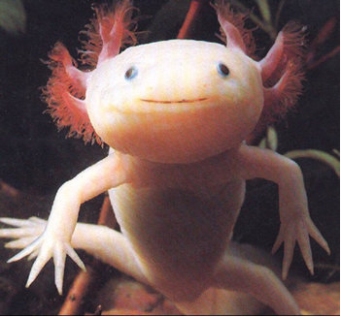Back in October 2012, I had a week volunteer experience as a zookeeper in Kirkley Hall Zoo Gardens in Northumbria. It has been the best week of work experience I have had so far, exactly what I want to do in the future. I spent 3 days in the reptile house, and 2 days outdoors. The reptile house was quite small, however it had a great range of reptiles and amphibians to see. I was taught about food preparation, enclosure cleaning and maintenance, but also I got to see first hand how zoos are run. I had the opportunity to handle many of the animals there, including snakes, scorpians, newts, frogs, and my favourite, Trevor the chameleon.
Chameleons are fascinating creatures. From some species’ ability to chnage colour to adapt to surroundings, to their stereoscopic eyes, to their unusually shaped feet. These creatures are usually found in warm climates varying from the conditions of a rainforest to deserts, in places such as Africa, Madagascar, Southern Europe and South Asia.
They vary in size across the species, ranging from 15mm to 68.5cm. When handling a chameleon I was intrigued by its feet, they were such a unique shape. Chameleons have 5 toes on each foot, which are grouped into 2 fascicles, where they are bound together in a flattened group, giving them an appearence that resembles tongs, this enables then to grip branches easily. But of course, when people think of chameleons they think of their eyes, how they can rotates a full 360 degrees, that move at incredibly rapid pace, and seperate from each other, they can look at 2 different objects at once. This comes to a great advantage when avoiding danger. The chameleons’ colour changes act as reactions to temperature change and other conditions, but also of course for camouflage.
The change in skin colour can symbolise the animal’s physiological condition and intentions to other chameleons. For example, they tend to show darker colours when angered or attempting to scare others, but when trying to attract females, the males show lighter more colourful skins. They achiece this colour change through specialised cells, and the pigments in the cytoplasm, which are 3 layes below the surface. Each layer has a different set of pigments:
- The cells in the upper layer, contain yellow and red pigments
- The second layer of cells appear blue or white
- The third layer of cells, contain the dark pigment melanin, controlling how much light is reflected
Different combinations of the pigments in these layers sets the overall colour.





